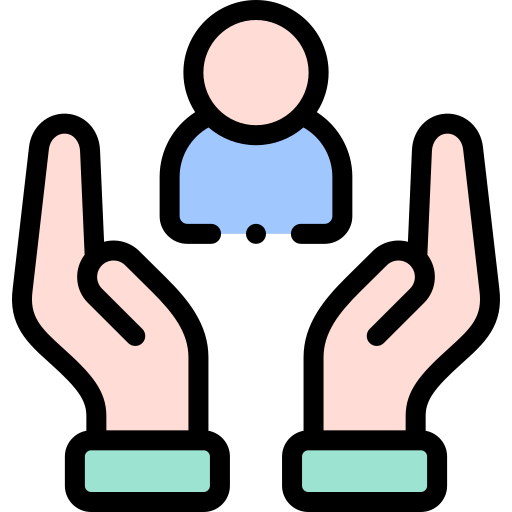Ready: Can we talk about why planning ahead helps people get better care?
Making a plan helps us think about care for people who live in a care home and what is important to them. You may have talked with your relative or friend about this before.
It is a good idea to talk about what might happen if they get unwell. This could be from a health problem or illness they have already. It might be a new illness. Sometimes a resident gets ill with coronavirus or another infection. We can make plans just in case.
Expect: It would help to hear what you know already, and think might happen.
People have different things they want to talk about. Please ask us about anything you want to know or are worried about. We can make a plan with you now, if you are ready.
Note
When talking about what to expect there is a prompt for the resident to continue with making the plan, or leave the discussion for another time. It’s important that the resident, family/close friend is ready to have the conversation with you.
Getting family or close friends together can be difficult. They can have different or unrealistic expectations regarding care home residents’ deteriorating health. It is helpful to have a shared understanding of a resident’s health before starting to make plans for the future.
Knowing that the care and treatment preferences can be changed and reviewed gives residents and family reassurance that ACPs are not set in stone and can be reviewed.
Diagnosis: There are things we know, and things we are not sure about
People who live in care homes are often in poorer health and need help with day to day living.
We are doing our best to help your relative/friend to stay well, but it is possible they may get unwell at some point. Some treatments may not work for them, or they might not want them.
That’s why it is important for us to talk about making a future care plan for them.
Matters: Knowing what is important to your relative/friend, helps us to care for them
We put this information into their care plan so we know about how they’d like to be cared for.
Action: Let’s talk about what we can do to care for them, and things that will not help
Let’s start with their health problems and make plans for what might happen. There are also some situations it is good to plan ahead for like a sudden illness or an infection.
Many people feel that staying in their familiar care home to be looked after is the best place when they are very ill and may be dying. Being comfortable is what matters to them. We have medicines in the care home to help us manage any symptoms or discomfort, if we need them.
Hospital treatment may be better in a few conditions, like a hip fracture. Going to hospital has risks and benefits. Can we talk about where would be the best place of care for them?
Antibiotic tablets or syrup, other medicines, and oxygen can be given in the home, if needed.
Cardiopulmonary resuscitation (CPR) is a medical treatment that does not work when a person is in poor health or dying.
Either “Your relative already has a decision recorded about CPR not working/being used for them. But any other treatments that can help are still given”
Or “There is no CPR decision recorded so the GP practice team will review this and discuss it with you and your relative/friend, if they are able to do that.”
Note
Cardiopulmonary resuscitation (CPR) is a medical treatment which is only appropriate when it is going to help, it does not work when a person is in poor health or dying. The clinical team should therefore decide if there is any prospect of CPR being successful before CPR is discussed with residents, families/close friends.
Many care home residents have medical conditions which mean CPR would not be effective for them. Any conversation about CPR should take this into account.
Plan: Let’s make a future care plan for your relative/friend
We have the plan in the home in case we need it. The plan also goes into their GP record and a secure record used by professionals if people need urgent care called a Key Information Summary (KIS). The plan can be changed at any time.
There are some situations we can think about and discuss together. If you have any questions please ask. You can talk to the care home staff and the staff from the GP practice too.

